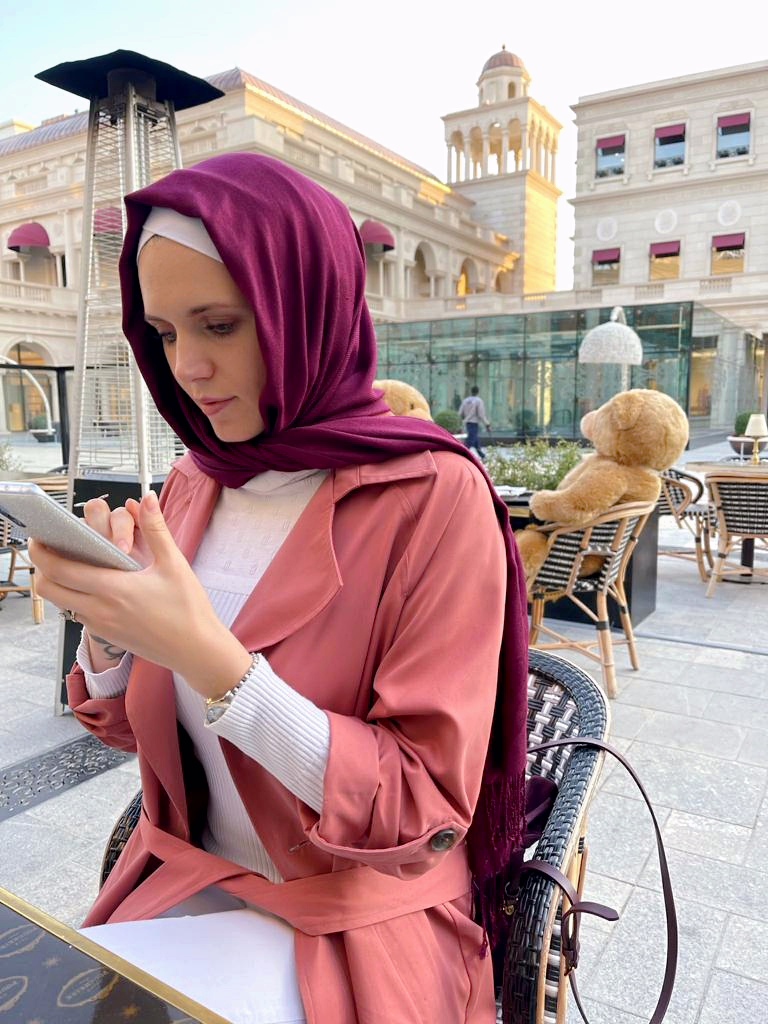
Hamad Medical Corporation introduces paid parking system; first 3 hours free
- Інна Трепачук

- Mar 30, 2021
- 2 min read
Hamad Medical Corporation will introduce a new parking system on its Hamad Bin Khalifa Medical City campus in Doha. The new policy means that from Thursday April 1, 2021 patients and visitors will have access to three hours of free parking at all hospitals and facilities within Hamad Bin Khalifa Medical City. After the first three hours, patients and visitors will be charged QR15 for one additional hour and then QR5 per hour thereafter. The maximum charge per day is QR70. Special exemptions will be given to patients undergoing chemotherapy and dialysis. HMC’s Chief of Healthcare Facilities and Acting Chief of Business Services Hamad Al Khalifa said as the facilities and services offered by the Corporation continue to grow, so does the need to ensure safe and convenient parking for patients and visitors.
“Qatar’s population has grown significantly in recent years and this is putting pressure on car parking spaces due to the increasing number of patients being treated at HMC. Additionally, we have opened four new hospitals on our Doha campus since 2016 and this has led to an increase in demand on parking spaces due to more services being operated,” Al Khalifa said. “The introduction of a paid parking system at HMC will ensure that patients and visitors have access to adequate and convenient parking when and where they need it. Our research shows that most of hospital visits last less than three hours, so the vast majority of patients and visitors will not have to pay for parking – the first three hours are free of charge.” Al Khalifa said the new fees are set by the Ministry of Finance and are in line with other paid parking facilities in Qatar. When a patient or visitor enters a paid parking zone, they will collect a ticket from the machine at the entrance to the parking facility. When they leave, they must visit one of the conveniently located machines to validate and, where applicable, pay the fee. “One of our main focuses has been to increase capacity for both public and staff parking areas. Since 2016, we have added 35 percent more capacity to our public parking areas and by establishing clear separation between public and staff parking areas we are able to ensure sufficient parking capacity for patients and visitors,” added Al Khalifa.






Comments